Japan History
The Secret Warriors of Japan – History of the Shinobi
The Secret Warriors of Japan
The Shinobi or Ninja are individuals who engaged in reconnaissance, espionage, and sabotage. They were warriors during the 14th and first half of the 17th century in Japan. The well-known warriors of all time were the Iga Mono and the Koka Mono – those who were the natives of Koka and Iga.
These two provinces are where a lot of Ninja came from. During the Edo period, these warriors kept their existence as men of the Daimyo. Yet as secret individuals, their activities were rarely noticed or seen by the public.
Even if they live in secret and stealth, they were well-known even outside Japan. Their form of Japanese culture was very much recognized, but was a victim of a lot of misconceptions. Correct historical classifications from traditional sources and investigations were often neglected. Thus, the real spirituality and art of the Ninja disappeared.
What is the History of the Shinobi?
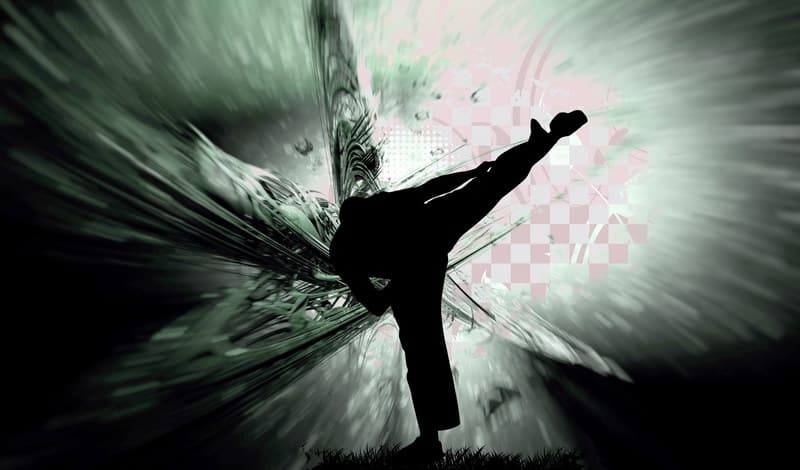
The Ninja in history were often referred to as the Shinobi. The earliest mention of these warriors dates from 1336 – 1392 of the Nanbokucho Era. Regional alternatives of the term are Rappa, Kusa, and Suppa.
During the Sengoku period, Daimyo employed their personal Ninja. They were vital for intelligence, wars and combat, often via the vanguard.
15th Century Shinobi
It wasn’t until the 15th century that spies underwent training for their true purpose. It was also when the word “Shinobi” first appeared. This was to determine and identify them as a group of secret warriors.
Such evidences are often found in historical notes and documents. These referred to the Ninja as stealth soldiers of the Sengoku Era. Later manuals about espionage were often based in Chinese military strategies. These were like the works of Sun Tzu called “The Art of War”.
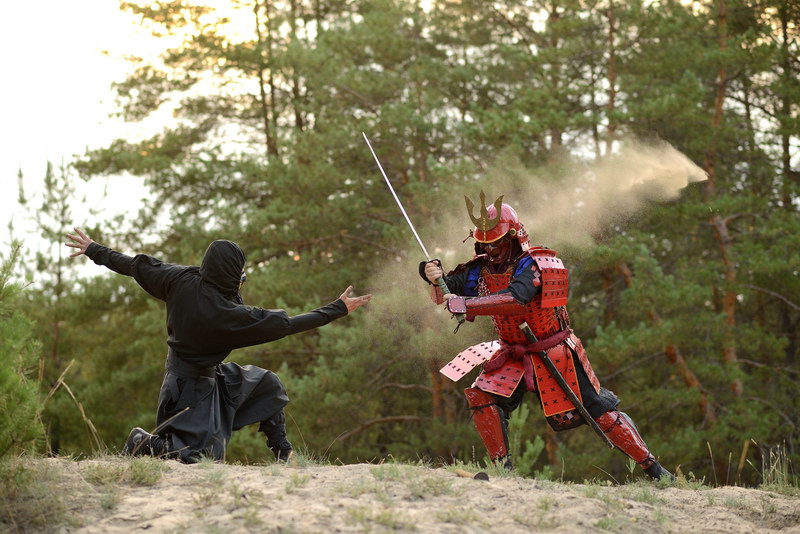
In the 15th century, they soon emerged as mercenaries. They were individuals recruited as spies, arsonists, raiders, and even terrorists at times.
The Samurai were different from the Ninja, since they observed a sense of ritual and decorum. They would duel where all could see; whereas the Ninja fought in stealth. Due to the Sengoku period’s unrest, there were some factors necessary to strive. One would be the need for people who would commit disreputable acts for the common warrior.
Deadly, Powerful, and Efficiently Dangerous – The Samurai Spear and Polearms
Ronin – The Vagabonds during the Time of Loyalty and Honor
Minatogawa: The Final Battlefield of Kusunoki Masashige
What were the Roles & Tasks of the Shinobi?
By the Sengoku Era, the Ninja had main roles like Kancho (spying), and Teisatsu (scouting). Other roles included Kishu (surprise attacks), or they functioned as Konran (agitators). For the clans, they had an organized guilds that were larger than usual. This is because each family had their own territories.
Aside from the territories, a system of rank was also present. The Jonin or upper person had the highest rank and represented the group. He also functioned as the person who hired mercenaries.
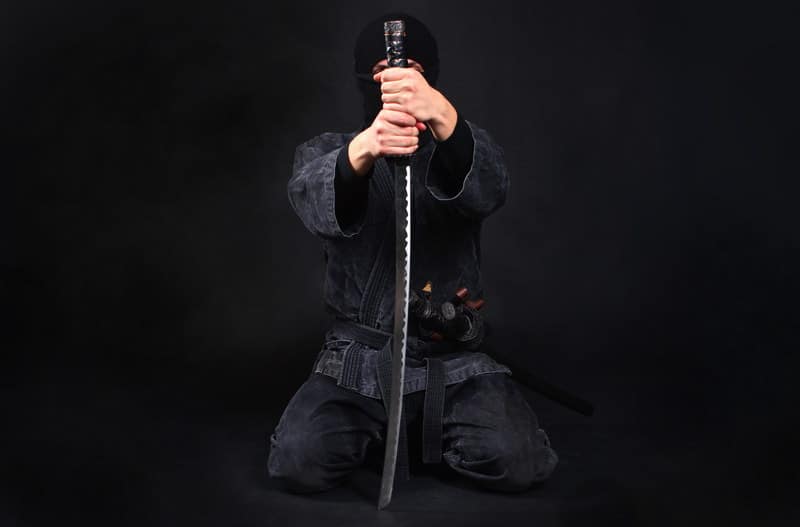
Next in rank is the Chunin or middle person. He was the assistant of the Jonin, and was above the Genin or lower person. The Genin were field agents from society’s lower class. They were also responsible for carrying out actual missions.
A very vital task assigned to the Ninja was breaking in the enemy castles before others. They would cross moats, scale walls, and carry out arson, sabotage, or assassination. This was partly due to their proximity to Kyoto. It’s also due to the natural protective advantage from the surrounding mountains there.
This allowed the regions of Iga and Koka to stay free from the strong influence of the Daimyo of that time. The encouraged inhabitants and autonomy soon formed armed groups called the Ikki. The Iga and Koka Shu sometimes joined battles as warriors hired by provinces around.
What was the Ancient Art of Ninjutsu?
The Japanese martial arts became very popular in the Western World since the end of The Second World War. The country’s fighting sports were closely tied to their classic culture. This fact is interesting since Judo, Aikido, and Karate became known to Japan only in the past century.
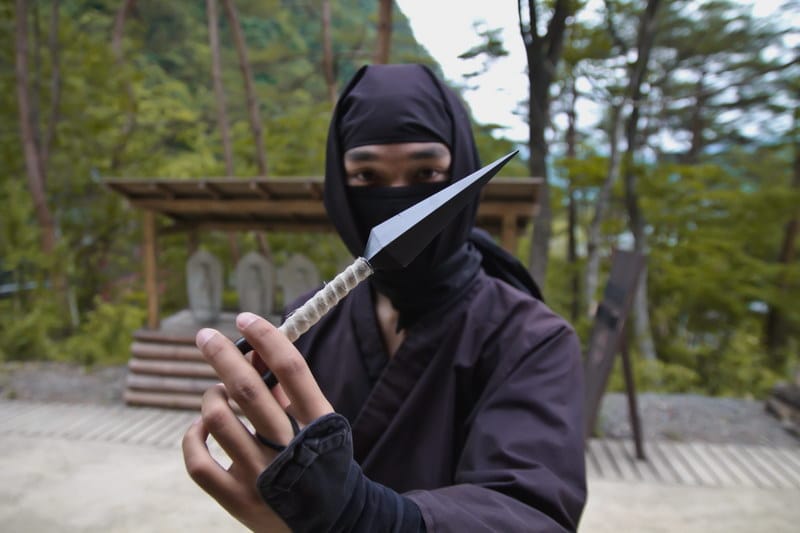
Moreover, Ninjutsu goes all the way back to a thousand years in the past. Though, the technique of becoming invisible is still a legend in people’s minds today. Also, teachings of this system are often guided by a few masters capable of passing on the Ninja heritage.
The development of Ninjutsu took place in feudal Japan during the 15th century. The skills, weapons, and tools of the Shinobi were helpful in mercenary and espionage tasks. Their fighting techniques included armed and unarmed combat.
For armed combat, this integrates the study of Kenjutsu, Shurikenjutsu, Sojutsu, Bojutsu, and more. Their weapons included Ninja swords daggers, the Shuriken, and more. At some point in history, Ninja assassins also acquired skills in using explosives and poison.
What were the Tactics of the Shinobi?
The Shinobi did not work alone and were times when they needed teamwork. When scaling a wall, a group of Ninja would carry each other on their backs. They assisted each other on their backs when one needed to reach greater heights. According to historical accounts, a coordinated team of attackers used codes for communication.
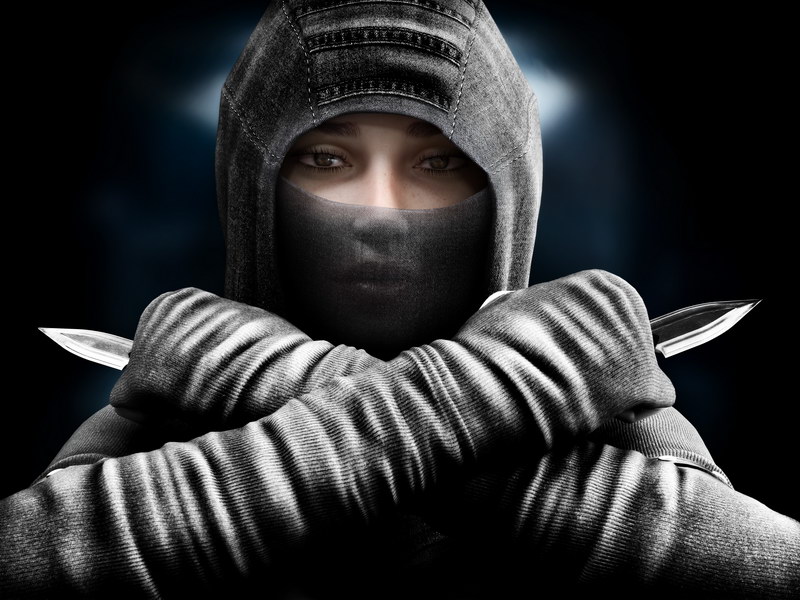
The account also states a case of deception. The Ninja would wear the same clothes as the opponents to cause confusion. When it comes to Ninjutsu techniques, most of these were about ways to escape and avoid detection. Such practices were loosely categorized under natural elements.
One of the techniques was the Hitsuke or starting a fire away from a planned point of entry to distract guards. Another was climbing the tree to hide oneself in foliage or Tanuki Gakure. The Ukigusa Gakure was to cover underwater movement by throwing duckweed over water.
For Uzura Gakure, a Ninja would curl into a ball and stay motionless to appear like a stone.
Their tactics associated to killing and sabotage were often based on surprise attacks. This could be sudden attacks at night in forest lands and bushes. The other was aiming to stab an opponent’s back in small Japanese rooms and low corridors. This required small, short weapons with sharp strikes.
The Ninja avoided open battlefields with numerous superior enemies. With that, their technique was adapted to stun the enemy and retreat in case of failure.
Who Were the Famous Shinobi Throughout History?
There are a lot of famous people in Japanese history who are known as Ninja, but their true status are difficult to prove. There are also rumors surrounding notable warriors like Minamoto no Yoshitsune and Kusunoki Masashige, saying that they were Ninja. However, there is little proof for these claims.
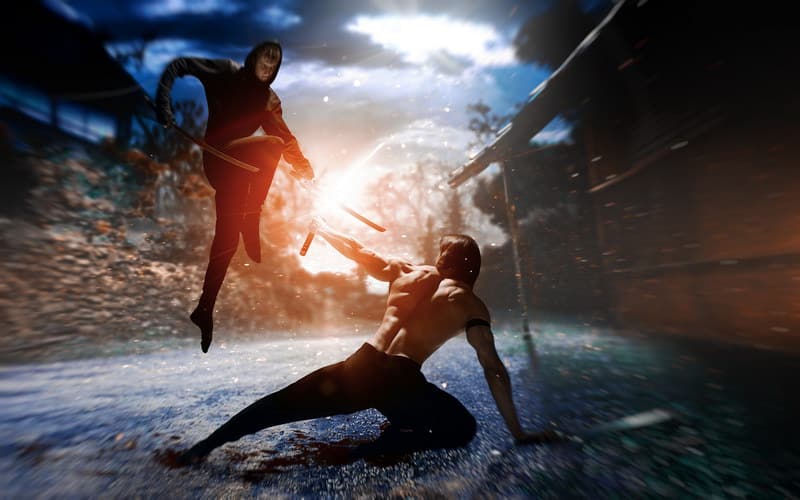
Hattori Hanzo was a Shinobi from the Iga province who served under Tokugawa Ieyasu. His ancestry and release of Ninjutsu texts by his descendants only proved that he was a Ninja. This depiction also became common in popular culture.
Another notable Shinobi was Ishikawa Goemon. According to popular belief, he attempted to drip poison from a thread into Oda Nobunaga’s mouth. While doing this, he was in a hiding spot in the ceiling. Yet the act isn’t confirmed since there are a lot of tales about Goemon.
Fuma Kotaro is a rumored Ninja who killed Hattori Hanzo. He is the fifth leader of the Fuma clan and noted as the one of the best Shinobi of time.
Momochi Sandayu, an Iga clan leader, who perished when Nobunaga attacked their province (in what known as the Iga revolt). Some believe that he escaped death and became a farmer at the Kii province. Fujibayashi Nagato is one of the three greatest Iga Jonin. Aside from Nagato, the other two great Ninja were Hattori Hanzo and Momochi Sandayu.

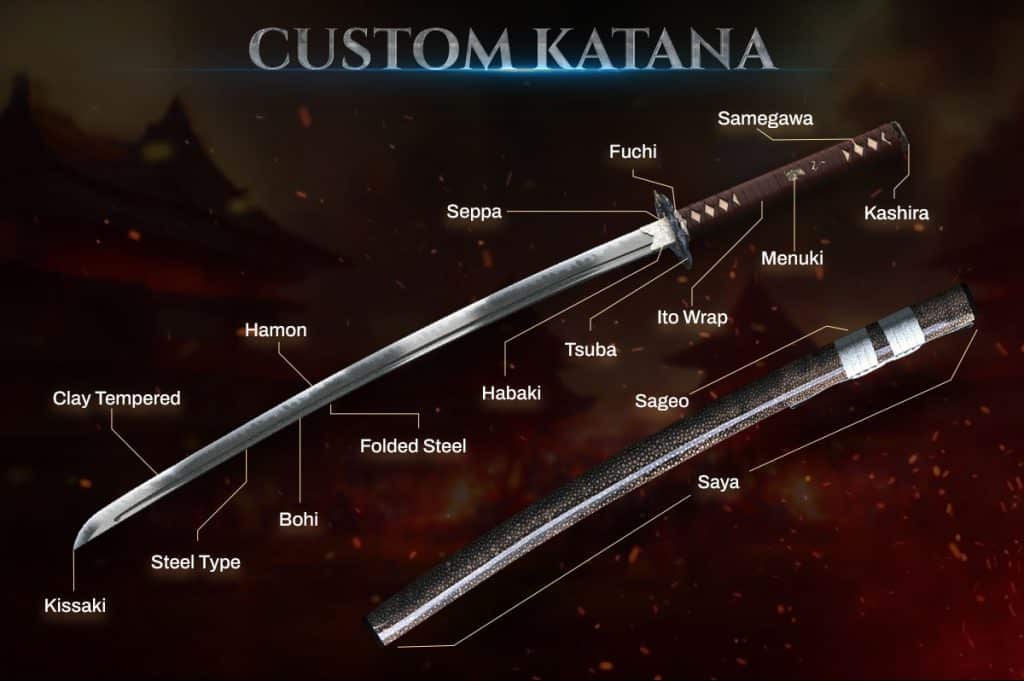
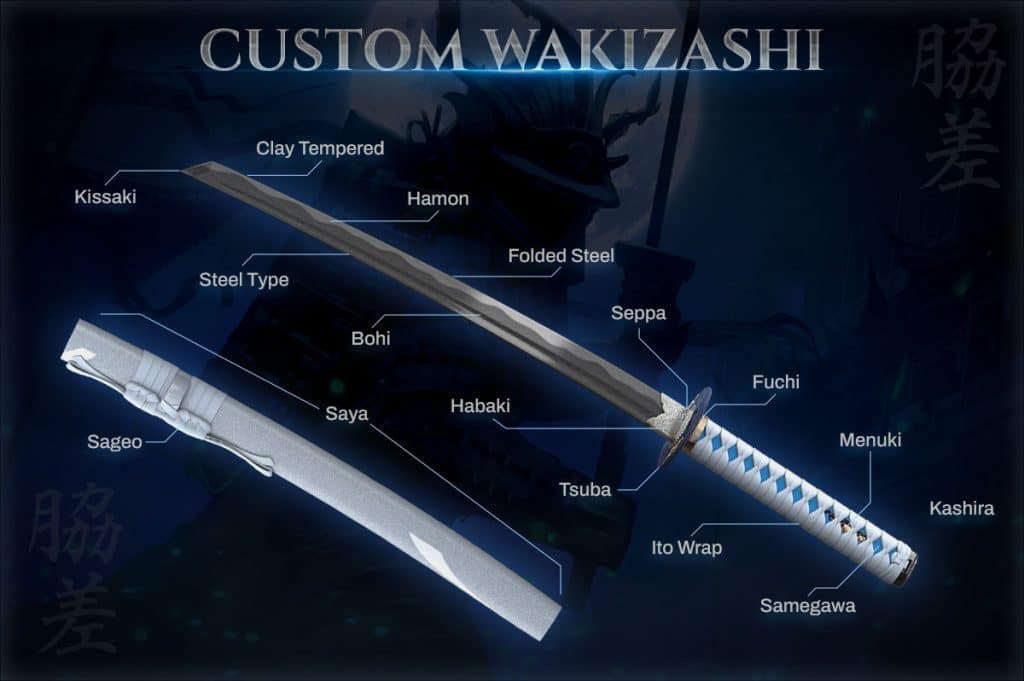
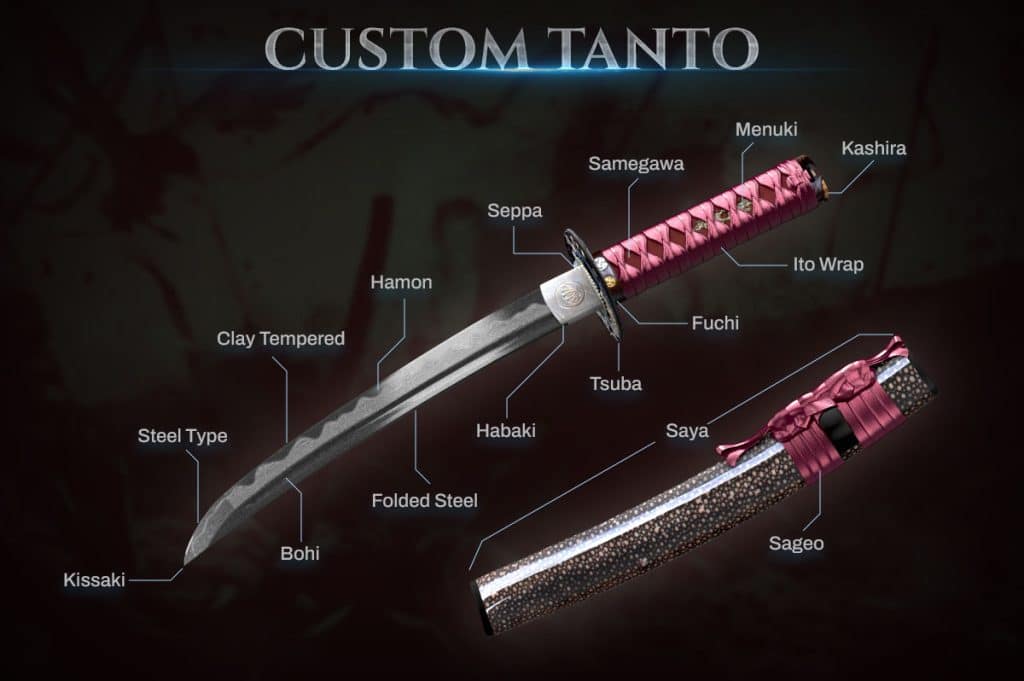
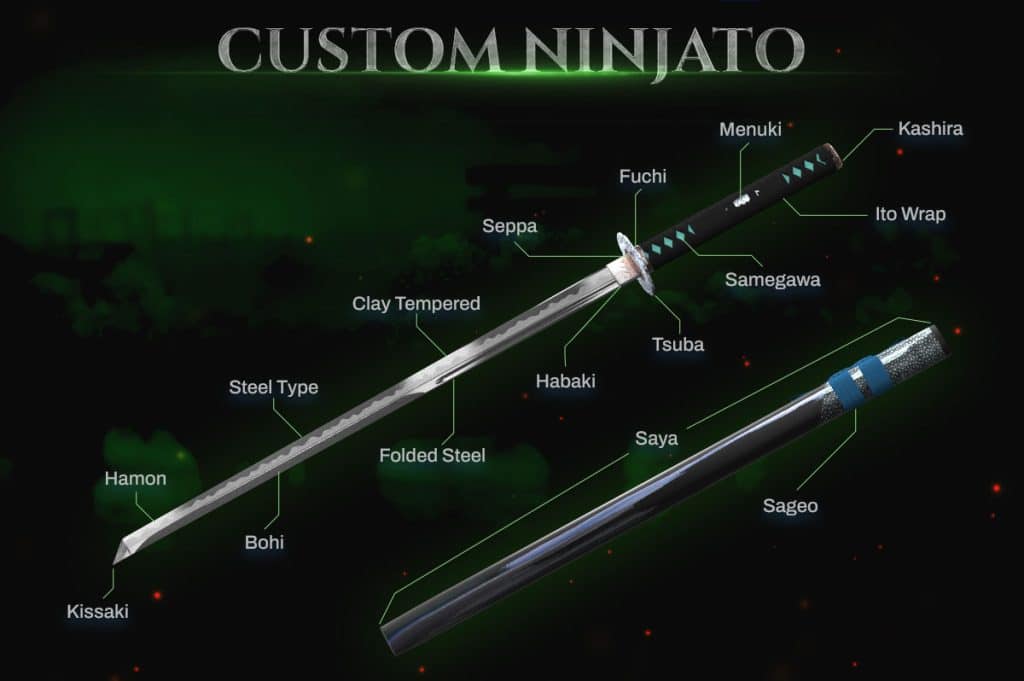
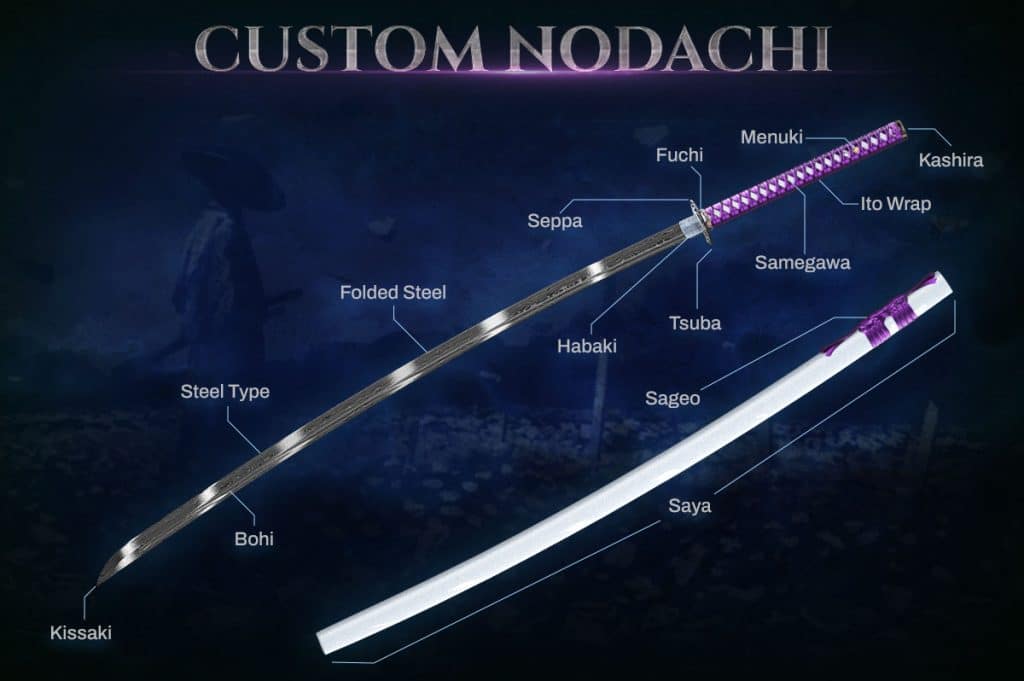
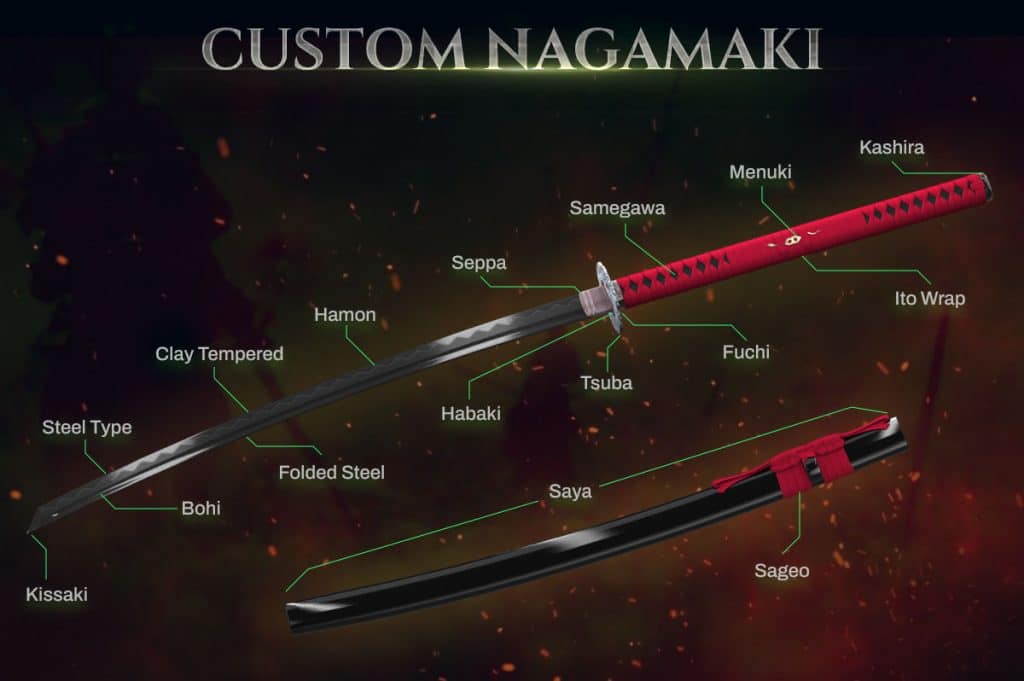
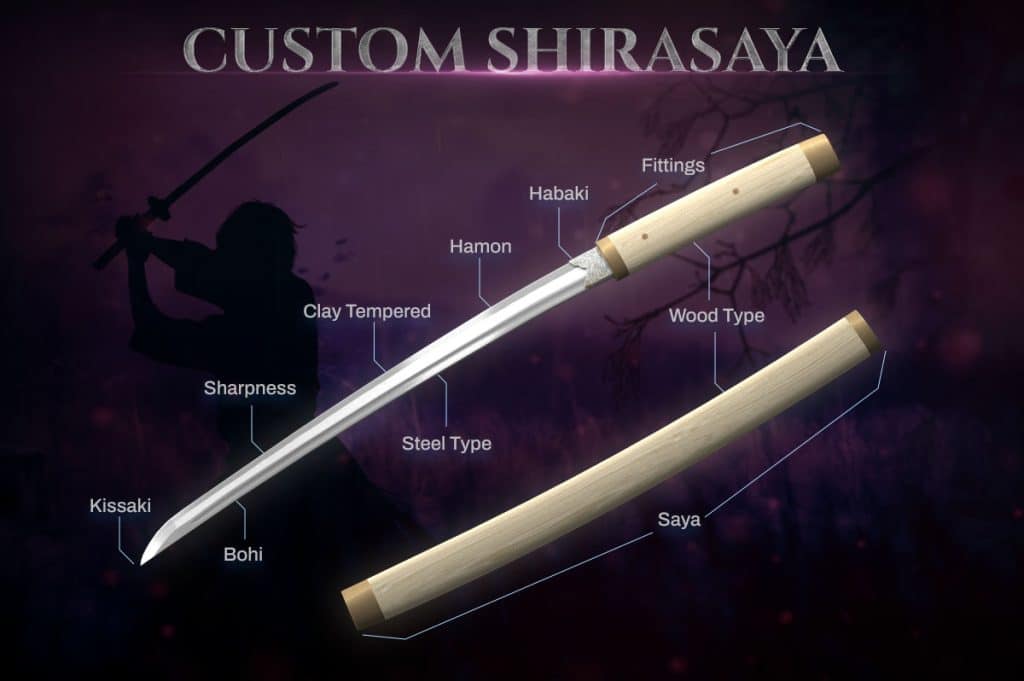
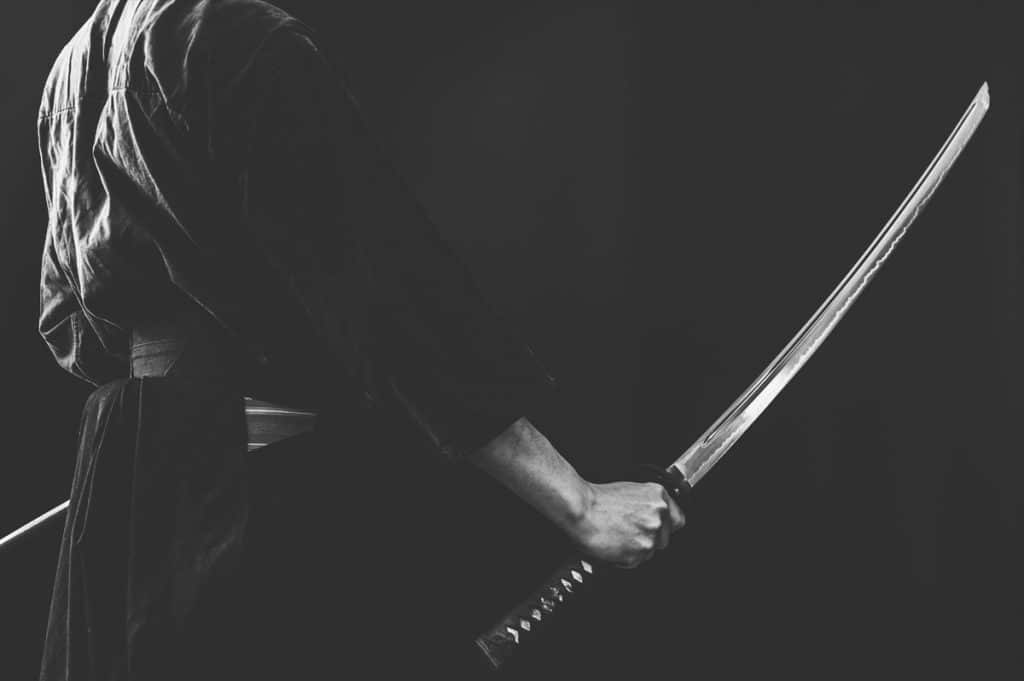
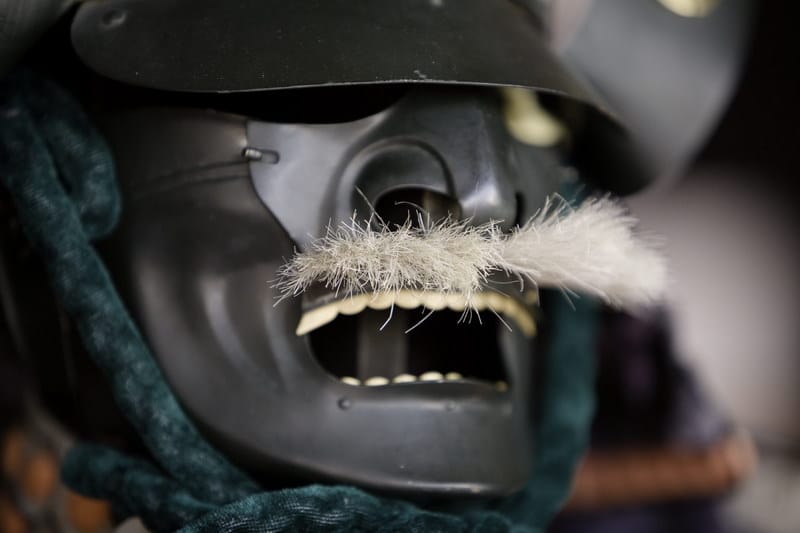
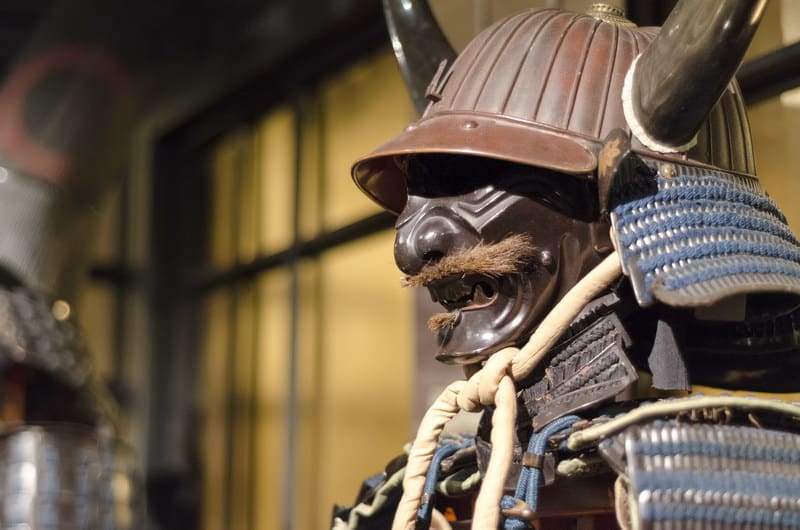
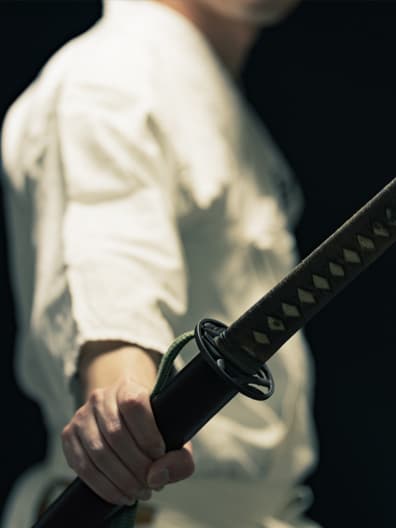
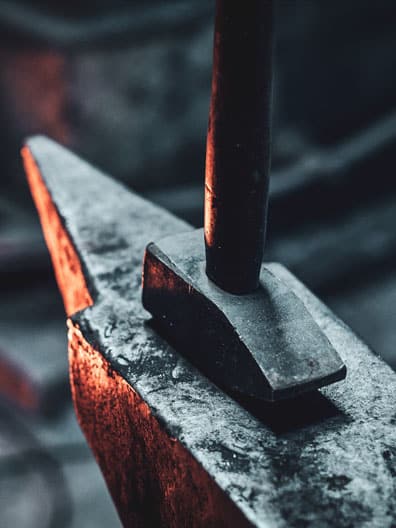
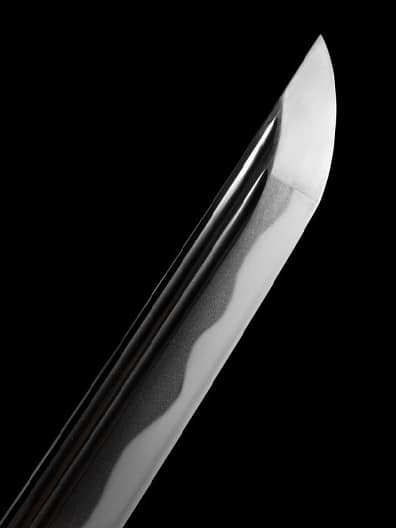
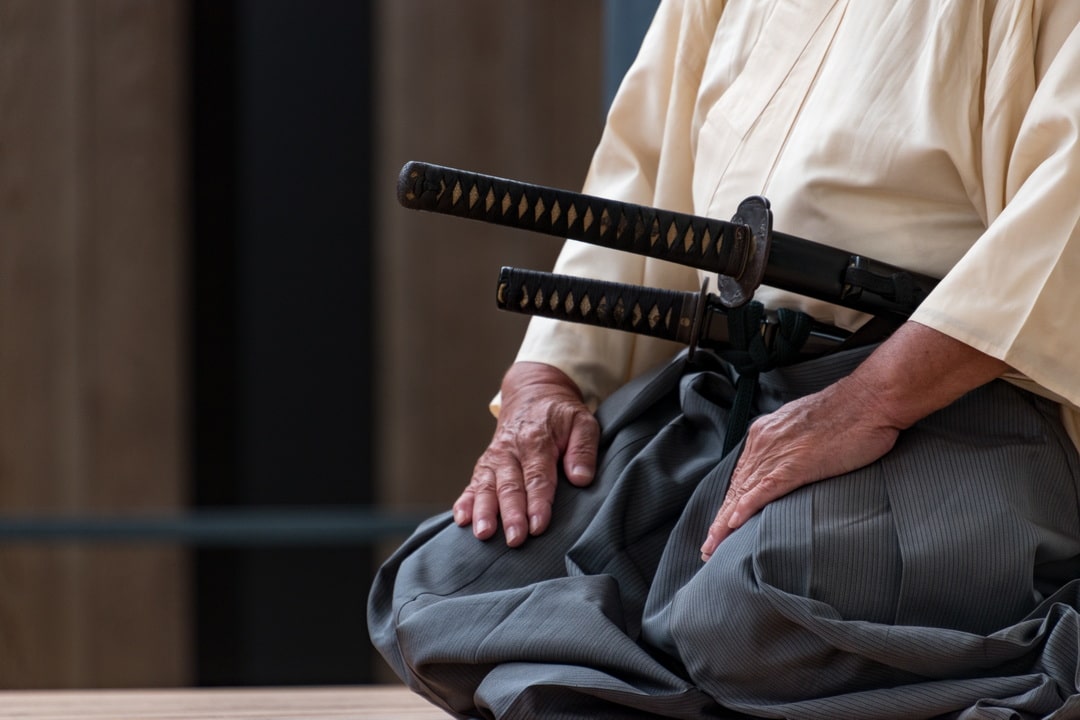
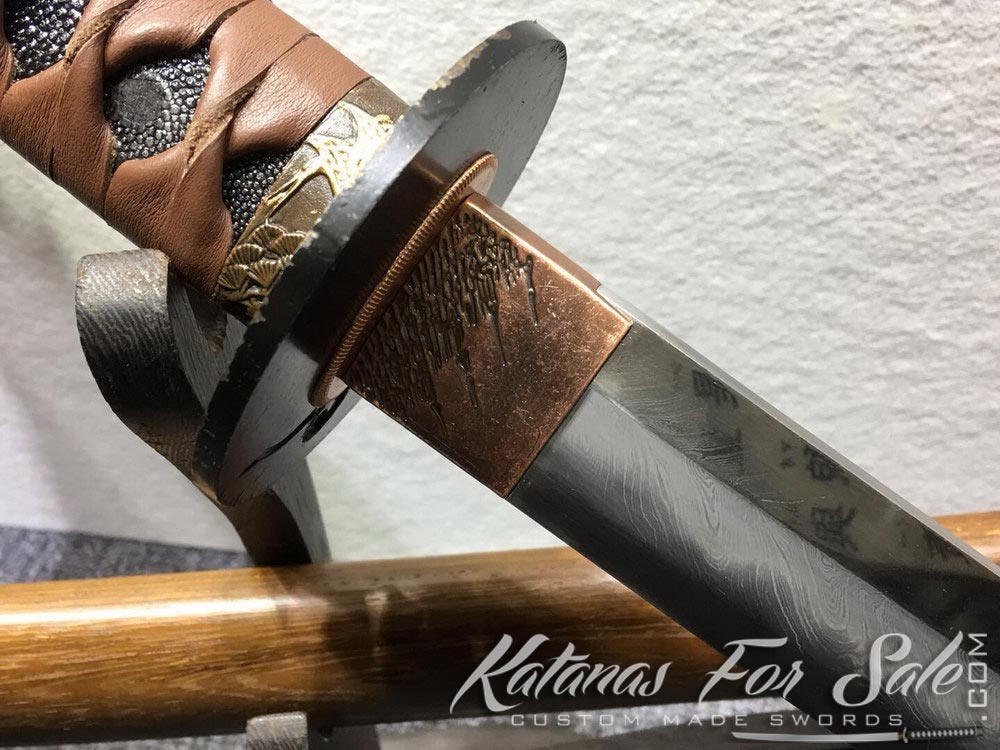
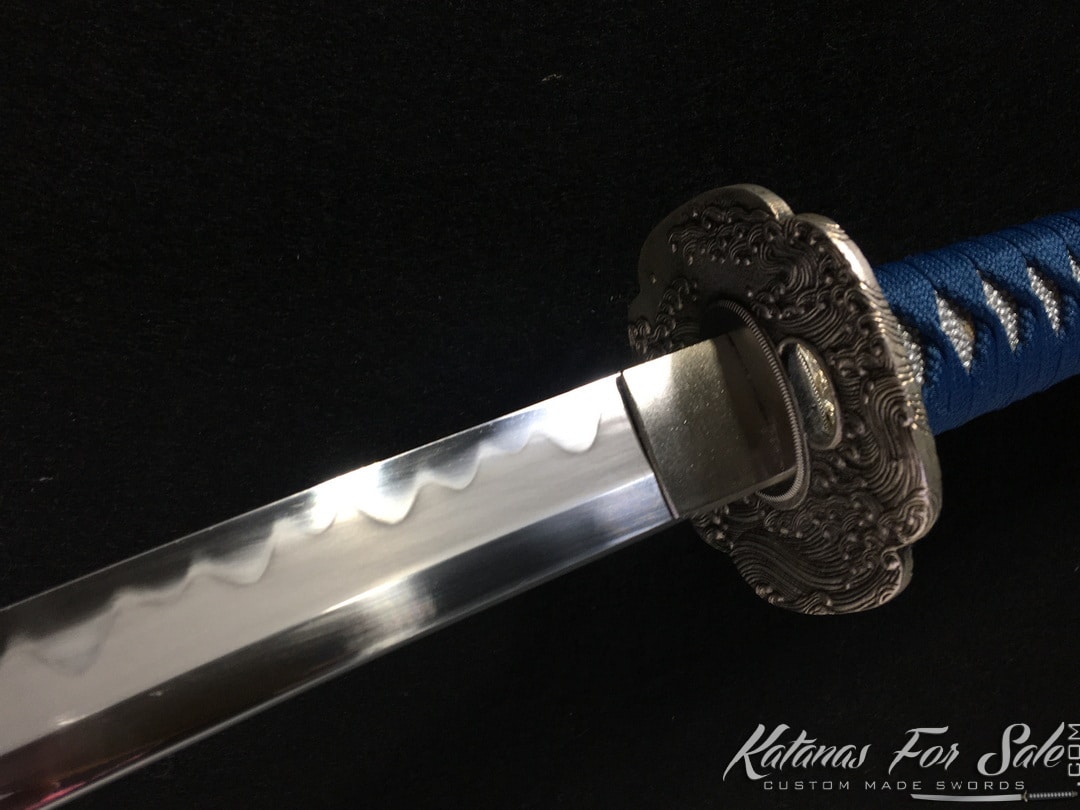
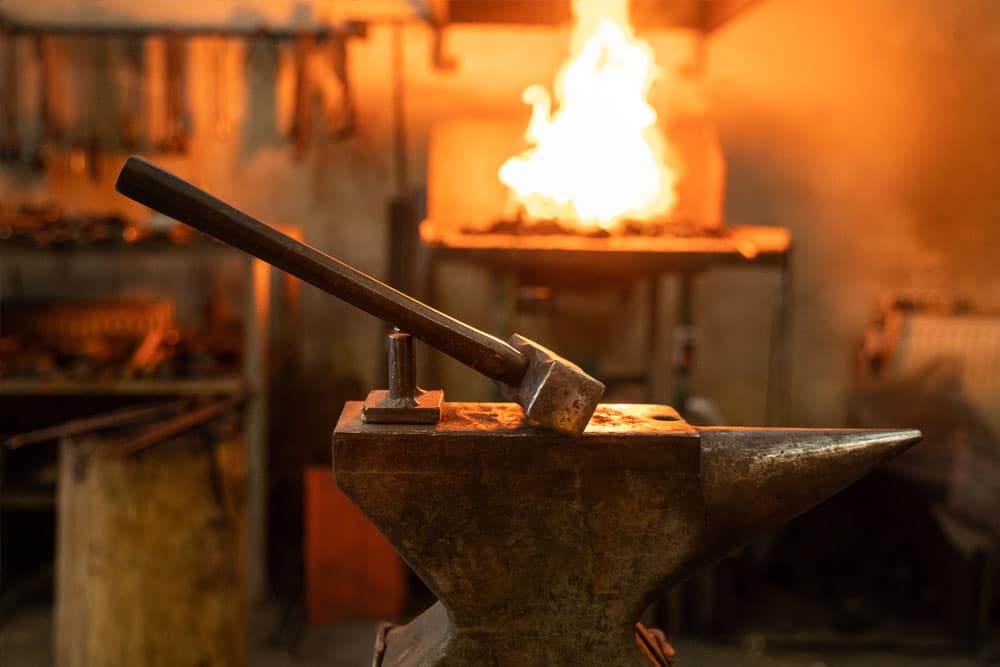

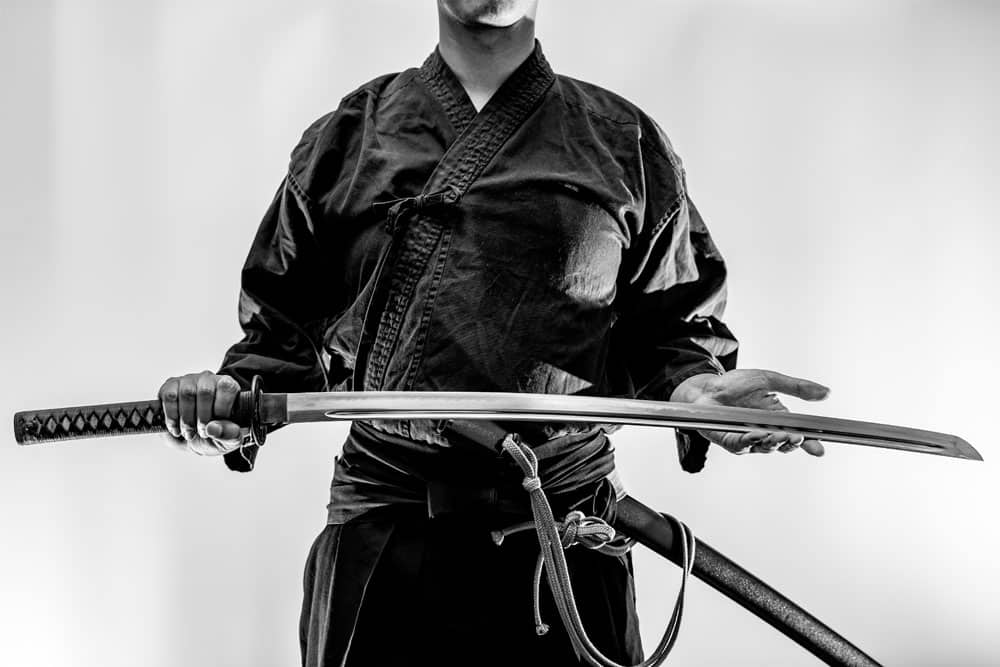

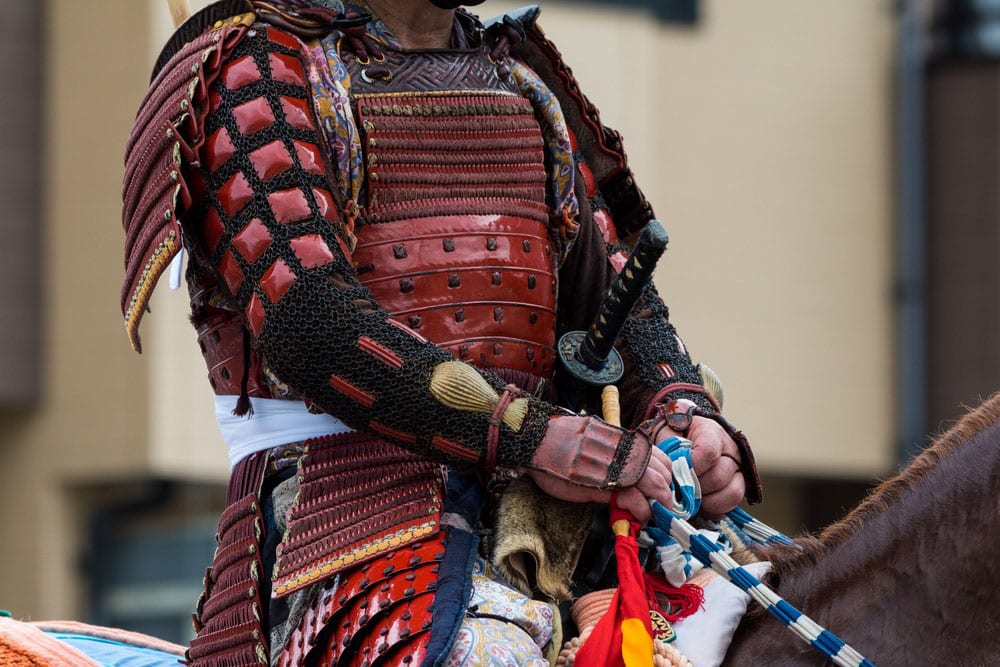
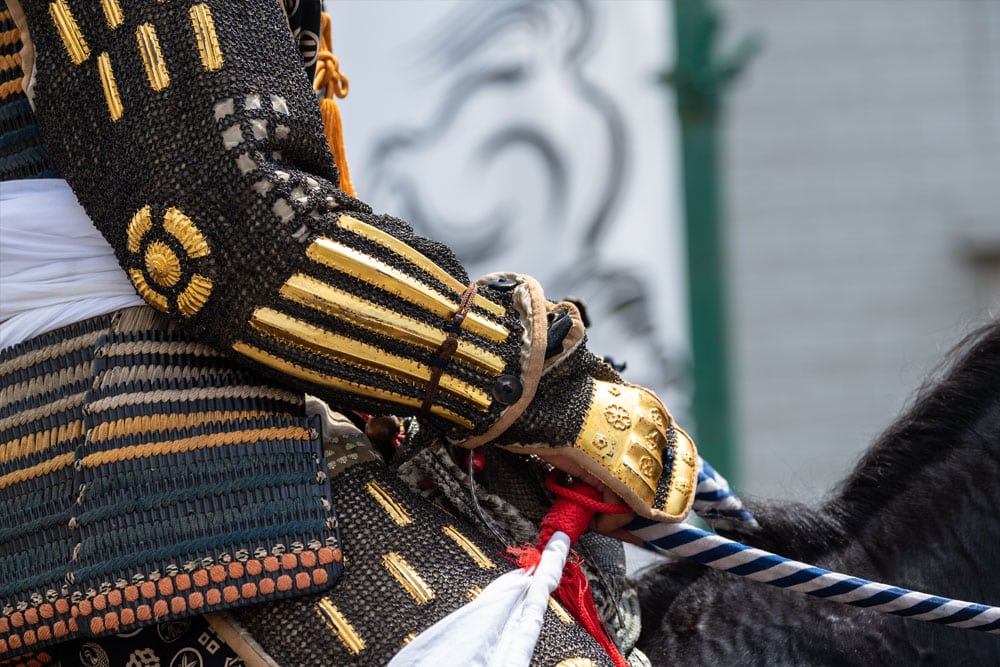
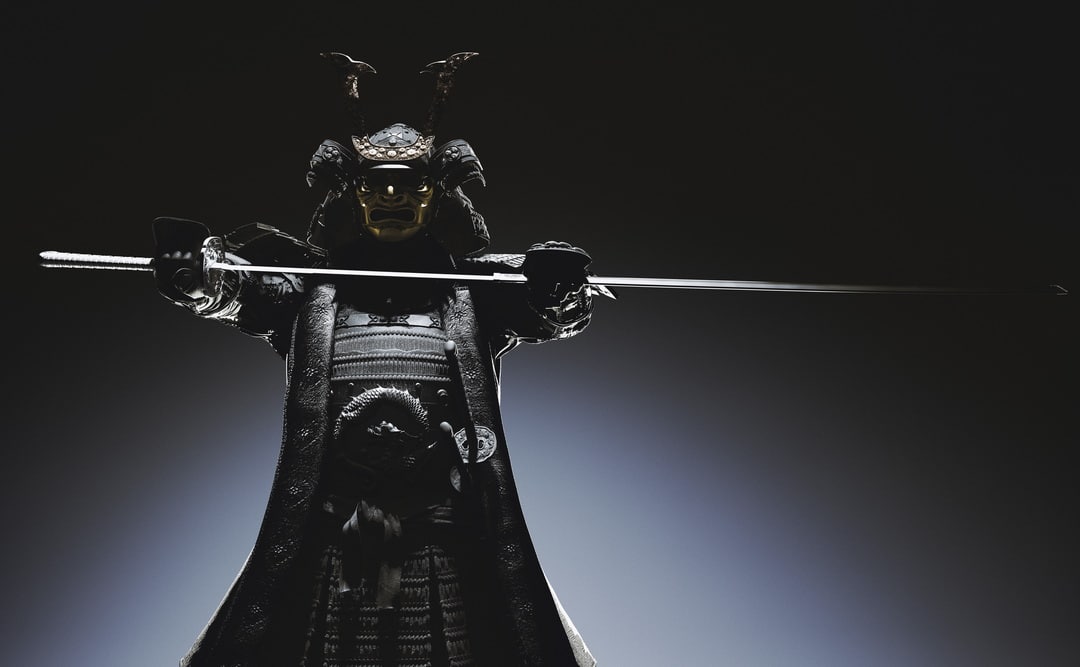
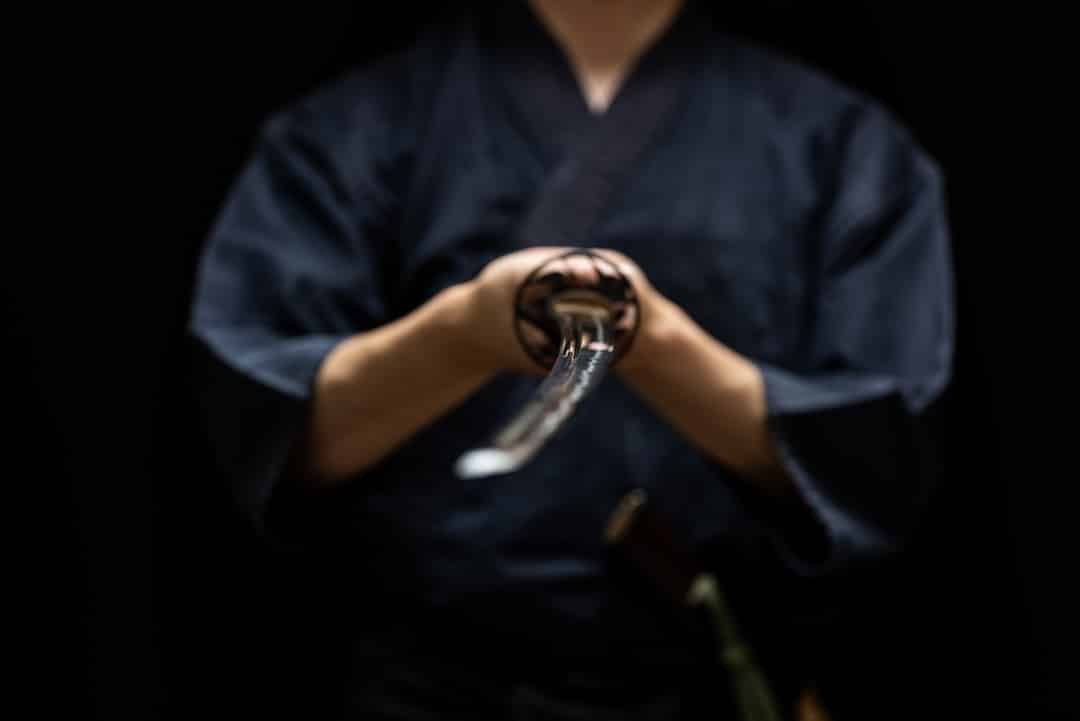
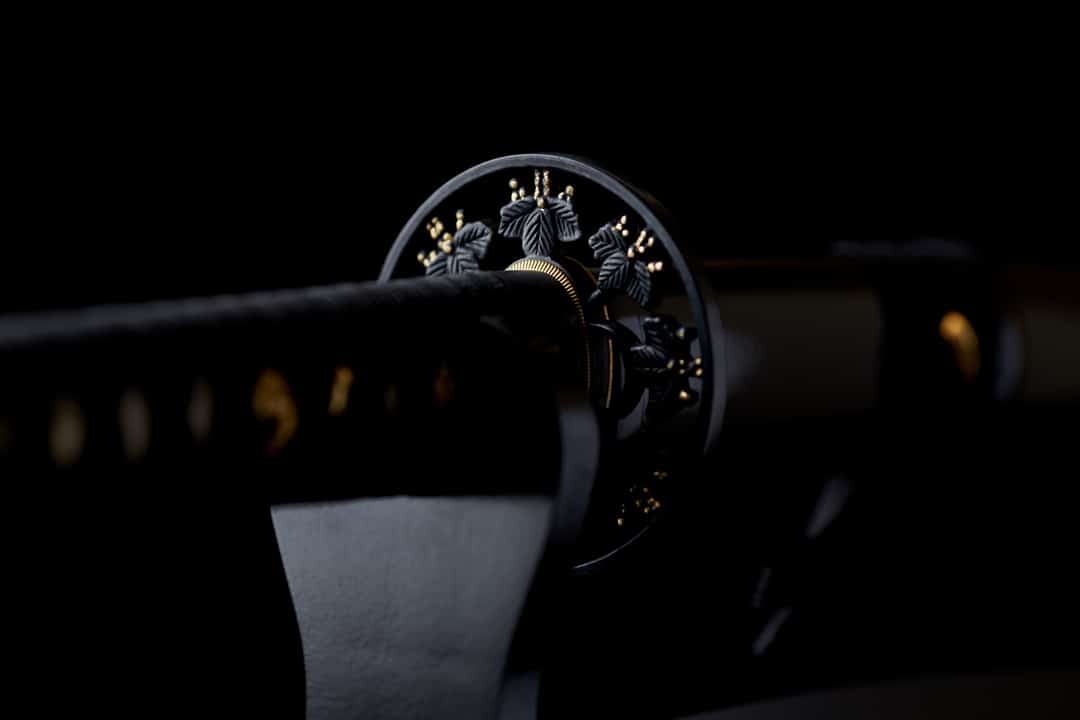
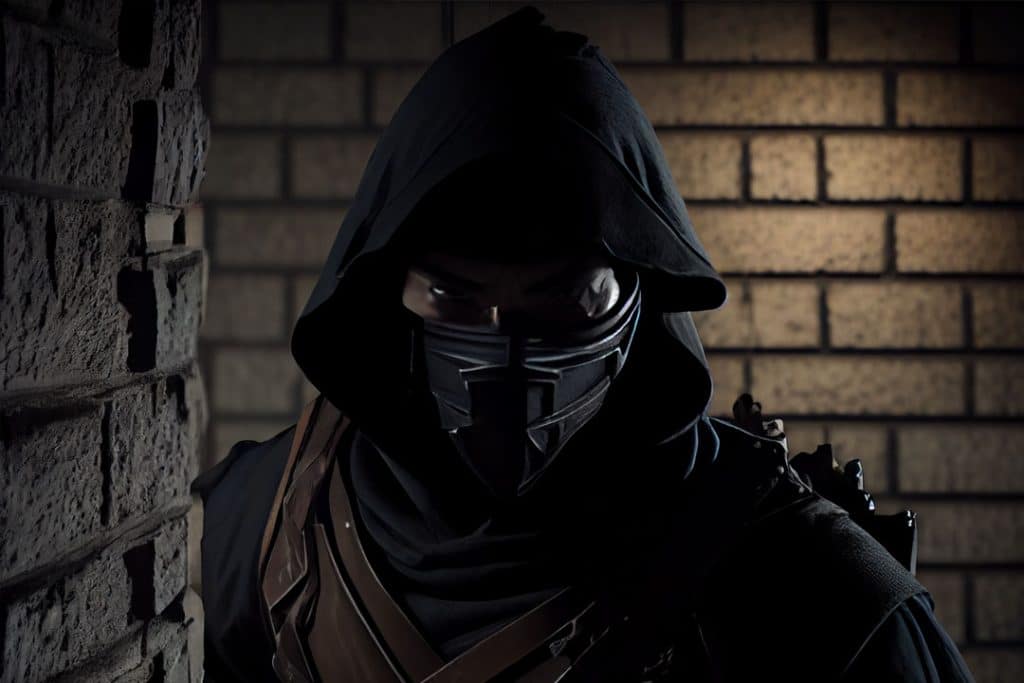

Test Your Knowledge
Feudal Japan's Warriors and Roles Unraveled
Samurai Sword Mastery: The Ultimate Challenge
Samurai Wisdom: Embark on a Journey Through the Ages